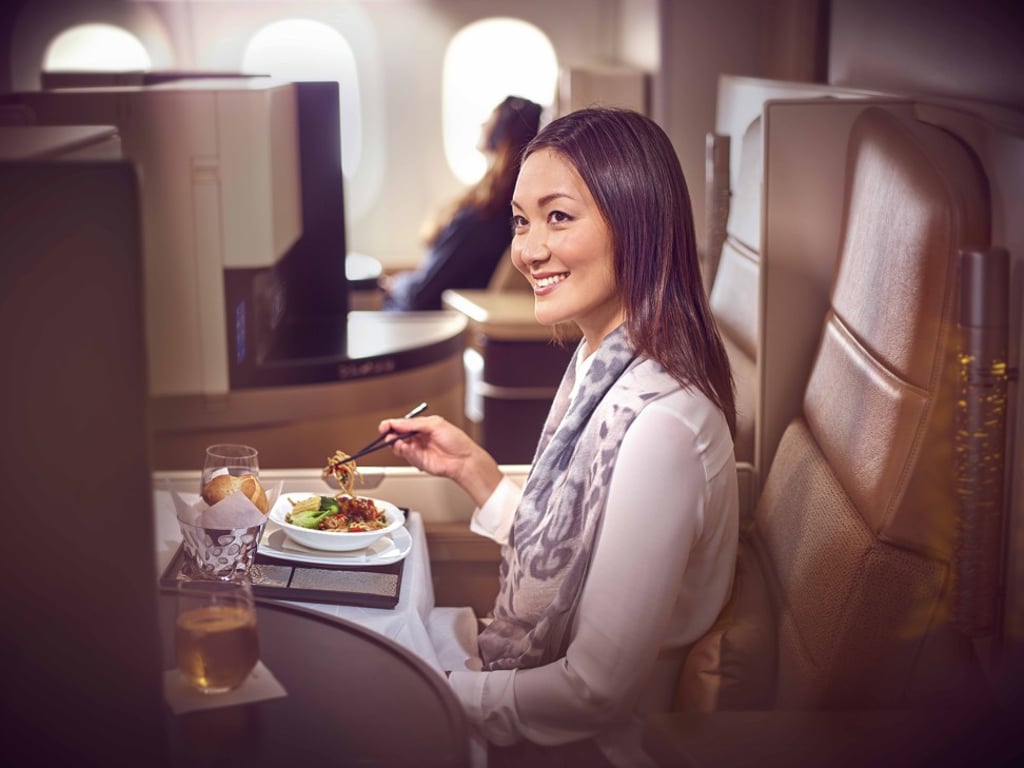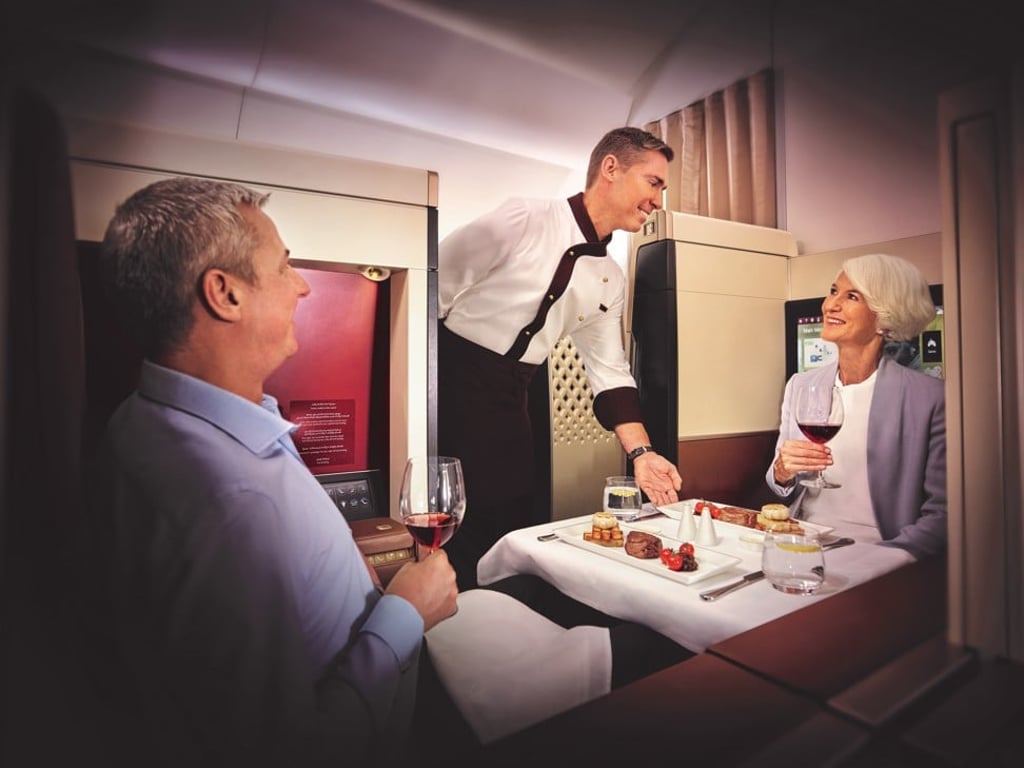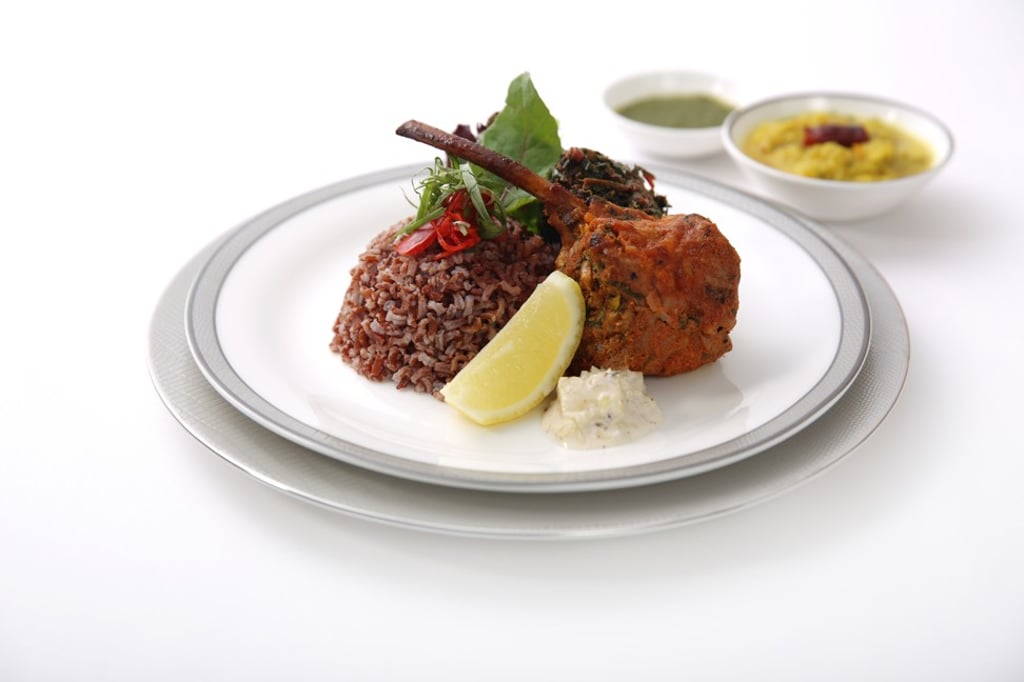Mile-high gourmet: Etihad and other airlines that are stepping up their in-flight meal game

Some are serving luxury meals while others focus on healthy, wholesome food
Even though Gordon Ramsay had spent a decade designing in-flight meals for premium-class cabins, he famously claimed that he does not eat airline food because he knows “where this food’s been and where it goes, and how long it took before it got on board”.

Scientists cite environmental reasons for the airlines’ unappreciative culinary audience.
In his article on “Tasting in the air: A review” published in the International Journal of Gastronomy and Food Science, Professor Charles Spence zooms in on three major factors – reduced cabin air pressure, lack of humidity and the loud background noise – that “have been shown to play havoc with the passengers’ ability to taste at altitude”.

In his report, the professor of experimental psychology at Oxford University also highlights other possible factors, among them the quality of cutlery and glassware, a lack of descriptive dish naming and the lack of social interaction while eating, that “contribute to creating a poor impression of what’s on offer, no matter how good the food being served actually is”.

“Plating, presentation and timing make the entire dining experience,” says Engel, singling out the whole context of hors d’oeuvres with appealing cocktails, cotton tablecloths (“not polyester”) with appropriately-sized china and silverware, fresh bread as well as timing on-demand as factors differentiating a top product from a pedestrian one.
Engel is right and nowhere is first- and business-class dining taken more seriously than among the Asian and Gulf carriers, who are pulling out all the stops to appeal to the appetites of passengers with deep pockets.